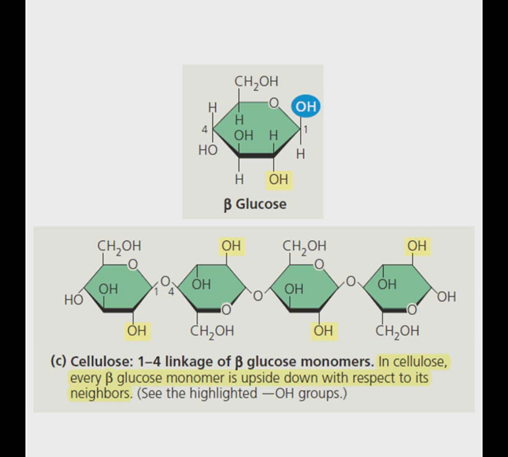DYEING WITH DIRECT DYES ON CELLULOSIC FIBER
ADSORPTION
DYE TRANSFER RATE CONTROL
• Q1 = Amount of charge on the fiber
• By regulating amount of salt
• By masking charges
• Q2 = Amount of charges of dyes
• By reducing aggregation
• By making temporarary complex compound with dyes
• D = Distance between dyes and fiber
• By regulating liquor ratio
• C = Constant
• By changing viscosity of the dyebath
Diffusion
DIFFUSION CONTROL
• Substantivity
• Temperature
• Relative speed between fiber and dyes DIFFUSION CONTROL
FALSE EQUILIBRIUM
Don’t stop dyeing as soon as the dye bath is as its maximum exhaustion, note: there are some material drawbacks to having the dye on the outer surfaces of the fiber as opposed to uniformly through out the fiber. The first one relates to the fastness properties of the resulting dyeing
• REACTIVE DYES.
TYPES OF REACTIVE DYES AND IT’S BEHAVIOR
|
Properties |
VS |
MCT |
BF |
|
Substantivity |
Low < 40 |
>70 |
40 – 65 |
|
Reactivity |
Very High |
Very Low |
Medium |
|
Migration |
>90 |
70-90 |
<60 |




